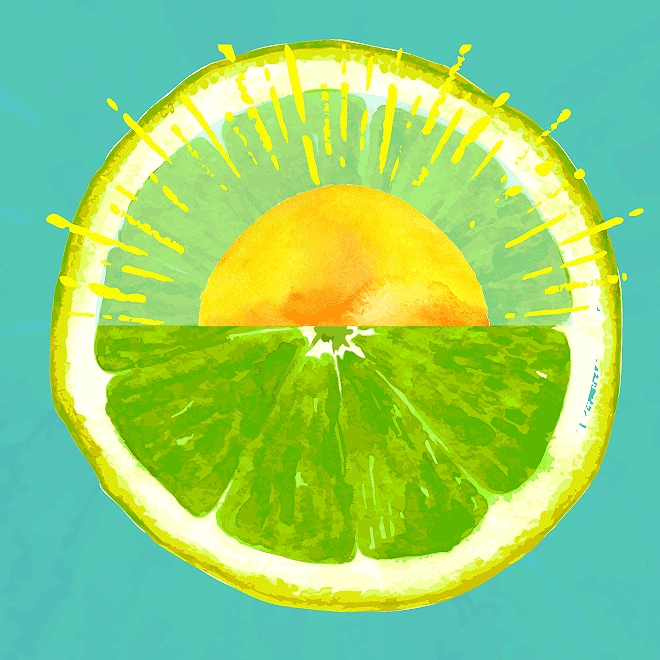In an uncertain economy, does fresh produce spoil revenue growth?
The future of fresh
CURRENTLY, consumers are showing strong interest in fresh fruits and vegetables, thereby helping provide ample growth opportunities for companies in the fresh food ecosystem.1 But, with mixed economic signals heading into 2020, a question arises: Does fresh produce spoil revenue growth? In periods of economic expansion (as experienced in recent years), consumers tend to allocate more dollars to premium products. However, spending can wane due to economic uncertainty.
Methodology: To address this question, we analyzed the US Consumer Expenditure Surveys data2 for produce. We compared it to processed food, alcohol, and nonfood categories (apparel and fashion, health care, and entertainment). We examined CAGR from 1995 to 2017, comparing growth during periods of economic expansion vs. recession.
Our analysis reveals a nuanced picture. Overall, from 1995 to 2017, consumer expenditures on produce grew 1 percent CAGR. Growth also occurred in alcohol, apparel and fashion, entertainment, and processed food. Of note, only health care (at 2 percent) exceeded these categories (see figure).3
During the Great Recession of 2007–2010, only fresh fruits and vegetables and health care grew (1.4 percent each). Beginning in 2011, most categories rebounded to pre-Recession levels. However, produce and health care not only came back, but far exceeded pre-Recession levels (at 2.3 percent and 4 percent, respectively).

During the 2000–2001 recession, all categories experienced similar fluctuations. And while fresh fruits and vegetables declined 3.1 percent, it was likely due to the nascency of health and wellness trends which became more prevalent starting in 2010.4
Regardless of the economic cycle, people need to eat. Our analysis reveals that, people are not going to give up their fruits and vegetables during a downturn economy. Indeed, produce is more resilient than both the food and nonfood categories examined. In addition, the segment has kept pace with the health care sector.
The solid growth of produce is likely supported by two factors. First, by evolving efficiencies in supply chain processes that have led to produce being offered at a lower cost to the consumer.5 Second, by consumers’ growing interest in health and wellness.
Fresh foods are the primary driver of growth in retail stores, accounting for 49 percent of all dollar sales growth in the fast-moving consumer goods sector.6 Strong upside potential exists for fresh produce due to not only consumer demand, but also increased distribution in convenience stores,7 quick serve restaurants,8 retail pharmacies,9 and several hospital systems experimenting with “food pharmacies” that link the importance of diet with health. With projected growth of 2.4 percent through 2023,10 produce may represent an attractive proposition for everyone in the fresh food ecosystem as a hedge during periods of economic uncertainty.
To learn more, please see our recent study, The future of fresh: Strategies to realize value in the fresh food category.
Consulting Services for Consumer Products
The consumer products industry today faces virtually unprecedented challenges and opportunities. Eroding brand loyalty, increased merger and acquisition activity, enduring recessionary consumer attitudes and the rising influence of digital technologies on shopping behavior all threaten traditional business models–but also give rise to new and exciting ones. In the face of changing consumer needs and behaviors, Deloitte’s Consumer Products team is working with clients to strengthen analytics, improve internal operations and develop new market-facing capabilities and channels. With experience across a wide range of sectors–including food and beverage, personal and household goods, agribusiness, apparel and footwear, and household durables–we position our clients to lead in the face of change.
Learn more

